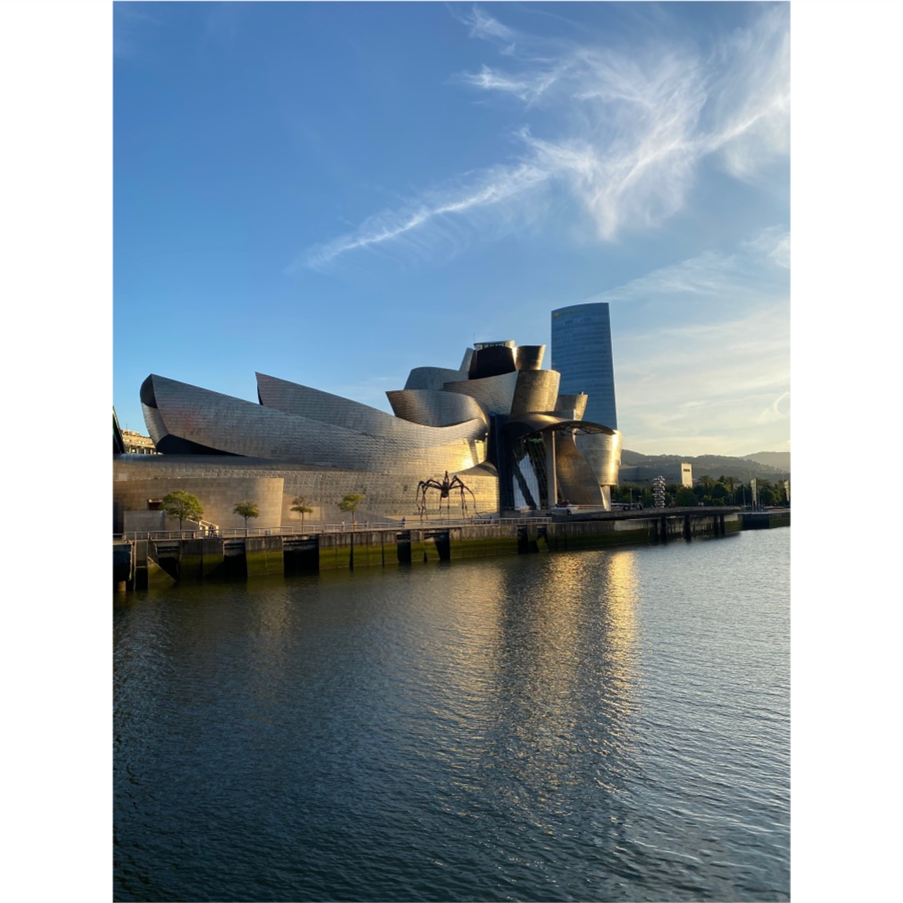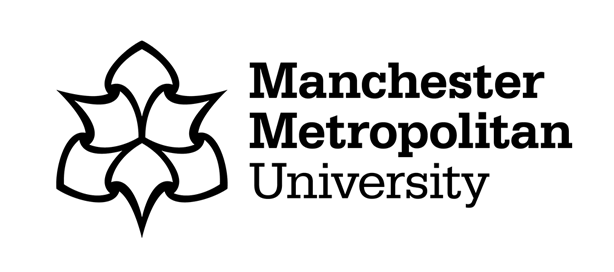
When starting out on a PhD, you are told frequently that you need to attend conferences, both as a presenter, but equally important to attend as a viewer also. Thanks to the Graduate School Research Support Award, three years after starting my PhD, I got my opportunity to attend my first conference, in-person. The Design Research Society hold a bi-annual conference for designers of all disciplines – perfect for my research as a graphic designer into the visual communication of mental illness. Their conference locations match their love of good design and so the 2022 conference was held in Bilbao, Spain with their keynote held in the Guggenheim. Lucky me!
In 2021 I successfully applied to present my research at the Manchester Met Postgraduate Arts and Humanities Centre (PAHC) symposium. My success with “Are stereotypes, such as the ‘headclutcher’, in stock images for mental illness stigmatizing?” led me to deciding to convert the presentation to a full paper and submit to DRS2022. In my research, I analysed the top 50 most used stock images in the Getty image library that were tagged as images of mental illness. I found that there were three reoccurring themes that 45/50 images fit into. I concluded that this is perpetuating stereotypes and therefore stigma towards mental illness and that media outlets need to find alternative images to accompany their text articles.
The submission process was interesting. The format that a paper took was strict and it then got two blind peer reviews prior to acceptance. The two reviewers asked for conflicting alterations (which I’m told is common!), so there was a puzzle to be solved in how to get the balance right. Thankfully my resubmission was accepted and I was invited to Bilbao.
Fast forward to the 27th June 2022, and I was flying off to Spain. As a designer, arriving at the Guggenheim, the trip was already amazing before I’d even spoke to anyone – the place is inspirational! It is the crowning jewel of a beautiful, design-rich town and was the perfect backdrop to think about design research and what design is capable of. My session wasn’t until the next day so I had the opportunity to relax and listen to some other paper presentations first to see how it’s done. The conference itself was quite relaxed. There were multiple streams running simultaneously, so the agony of choice was mine. The conference was a hybrid event with approximately 50 people in each room plus further attendees online.

On Tuesday, my presentation itself went well. I was in the ‘design for behaviour change’ strand and we had a full audience in the room despite it being the last session of the day, which was amazing. Condensing a 5,000-word paper into a 12-minute talk is difficult but gave me enough time to leave the juicy bits in. I’m a confident presenter so felt in my element on the stage. The presentation was followed by some testing questions which I think I handled well. I was able to talk about extra information that had developed since my paper submission. Once finished, it was great to receive compliments about the importance of my work from some appreciative audience members, and also be given some advice and food for thought for future developments.
I have previously struggled to find other graphic designers who are also researchers – it seems to be an under-represented field of design research. This conference helped to change this as I managed to meet a couple of others who were as excited as me to meet more graphic designers. I also met a person who I had cited in my work multiple times which was a great opportunity and felt like I was meeting a rock star! I think more than any other aspect of the conference, the people I met were by far the biggest benefit. I was able to exchange contact details with some and know they are far more likely to engage with me in the future since we have already met and got along. There’s nothing like a face-to-face conversation to gain friends and potential collaborators. One person who heard me speaking invited me to do a guest lecture at their university as he felt it was so important for his students to hear. So that’s in the pipeline for the next couple of months and will be a great addition to my experience and my CV.
The following day, I attended a stream that was all about how conversations are framed. It turns out that a group of researchers in The Netherlands had done a similar study to me but about homelessness rather than mental illness. They had similar findings about the imagery used by media albeit their methods were completely different. Talking with them about these similarities has reenforced to me that my research is on the right tracks and again has gained me more allies and potential collaborators of the future.
While in Bilbao, the DRS also put on some fringe events, and so I had the pleasure of visiting three local design studios. Located in the old town, a group of 20 of us got a free guided tour of the area and met some inspirational designers in their own creative environment. This, mixed with the food, the scenery, the networking and trying out my rusty Spanish were all elements that simply could not have been experienced if I had only bought an online pass.
I’m so pleased that I was able to raise the finances to attend DRS2022. I believe it will have significantly aided my research itself, my network of relevant researchers and my understanding of the design research field in general. Absolutely a worthy trip and I can’t wait for 2024!
My paper can be read in the published proceedings here https://doi.org/10.21606/drs.2022.354
Laura received a Research Support Award to help fund her attendance at the Design Research Society conference in Bilbao. To find out more about Research Support Awards, visit the Funding section in Moodle.


